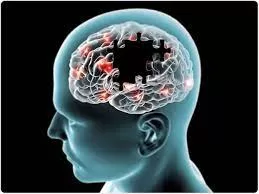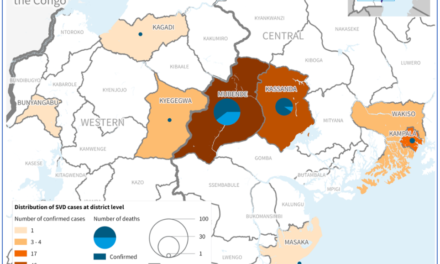WHO/Europe underscores the critical yet often overlooked issue of disease-related malnutrition in a new factsheet. Disease-related malnutrition can be caused by almost any acute or chronic disease, including noncommunicable diseases (NCDs). According to the factsheet, malnutrition affects 30–50% of hospitalized patients and poses a particular risk to vulnerable groups, including older adults and individuals with NCDs, like cancer or diabetes. To improve patient outcomes and reduce health-care costs, WHO/Europe urges countries to address this hidden condition.
Why are patients malnourished?
Disease-related malnutrition can harm our health in many ways. It weakens the body’s ability to fight infection and recover from illness and can take a serious toll on mental health. That means complications, longer hospital stays and even higher mortality rates among patients.
In the WHO European Region, about 40% of inpatients lose weight unintentionally, and half do not eat well and are at risk of malnutrition. Nearly half of inpatients do not receive nutritional care, and only one third of patients who are unable to eat due to their condition receive oral nutritional supplements or artificial nutrition.
“While countries of the Region strive to achieve the United Nations Sustainable Development Goals and other global commitments, we must not overlook the challenge of disease-related malnutrition,” said Dr Kremlin Wickramasinghe, WHO/Europe’s Regional Adviser on Nutrition, Physical Activity and Obesity. “For individuals living with NCDs and the health-care professionals treating them, malnutrition can pose a significant challenge. The neglect surrounding this issue makes it even more pressing, especially for vulnerable groups of people.”
NCDs, from cardiovascular diseases and diabetes to chronic respiratory diseases and cancer, cause nearly 90% of deaths and are responsible for 85% of years lived with disability in the WHO European Region. Malnutrition adds to this NCD burden in several ways and in any setting, including all levels of health care:
-
- It impairs child growth and development, increasing the risk of developing NCDs later in life.
-
- It enhances the risk of NCDs and their acute complications in adults.
- Disease-related malnutrition presents high risks for people with NCDs, including slower recovery, poor quality of life and, ultimately, higher mortality rates.
“We need to recognize disease-malnutrition as a serious challenge for countries’ health systems and to take steps to tackle this problem at all levels. Medical schools and health-care professionals need better training in nutritional care. At the same time, governments should recognize the importance of nutritional care and integrate it into primary, outpatient and inpatient settings,” added Dr Wickramasinghe.
The solution: prioritizing nutritional care
The good news is that disease-related malnutrition is treatable and preventable. By prioritizing nutritional care and investing in policy changes, we can ensure that patients receive the proper nutrition they need to fight illness, recover faster and live healthier lives.
WHO recommends a 4-step approach to nutritional care:
-
- Screening: early identification of malnutrition risk is crucial. Standardized tools can be used by any health-care professional.
- Diagnosis and assessment: detailed evaluation determines the cause and severity of malnutrition.
- Personalized treatment: this may include dietary adjustments, oral supplements or even tube feeding, depending on the patient’s needs.
- Monitoring and evaluation: regular monitoring ensures progress and allows for adjustments in the treatment plan.












